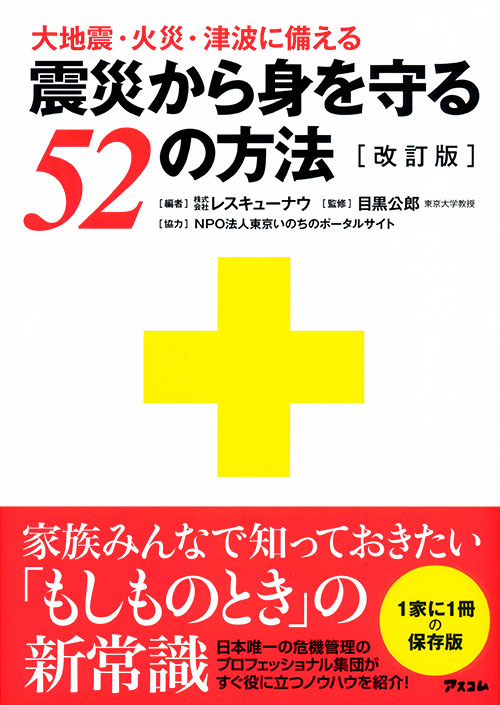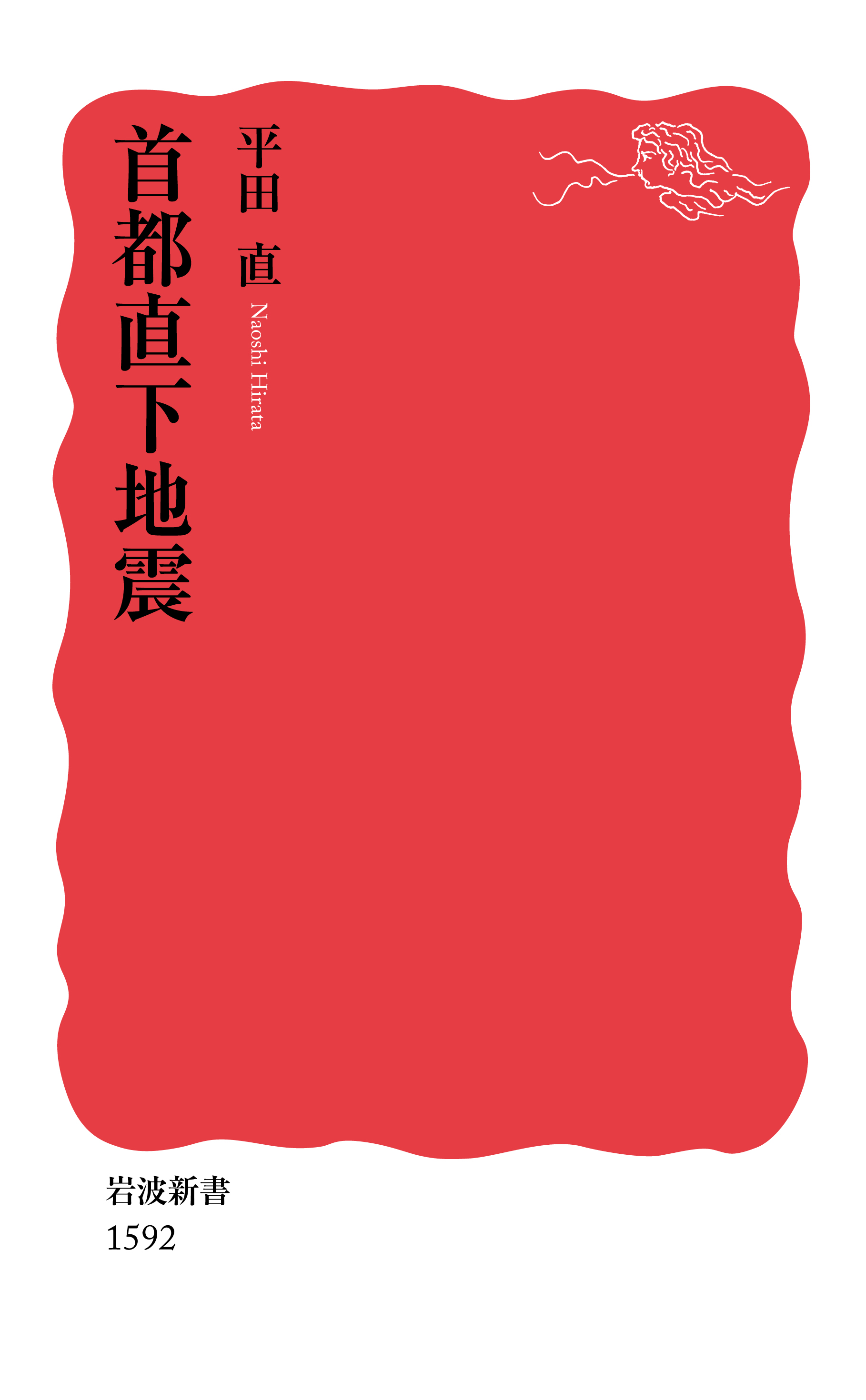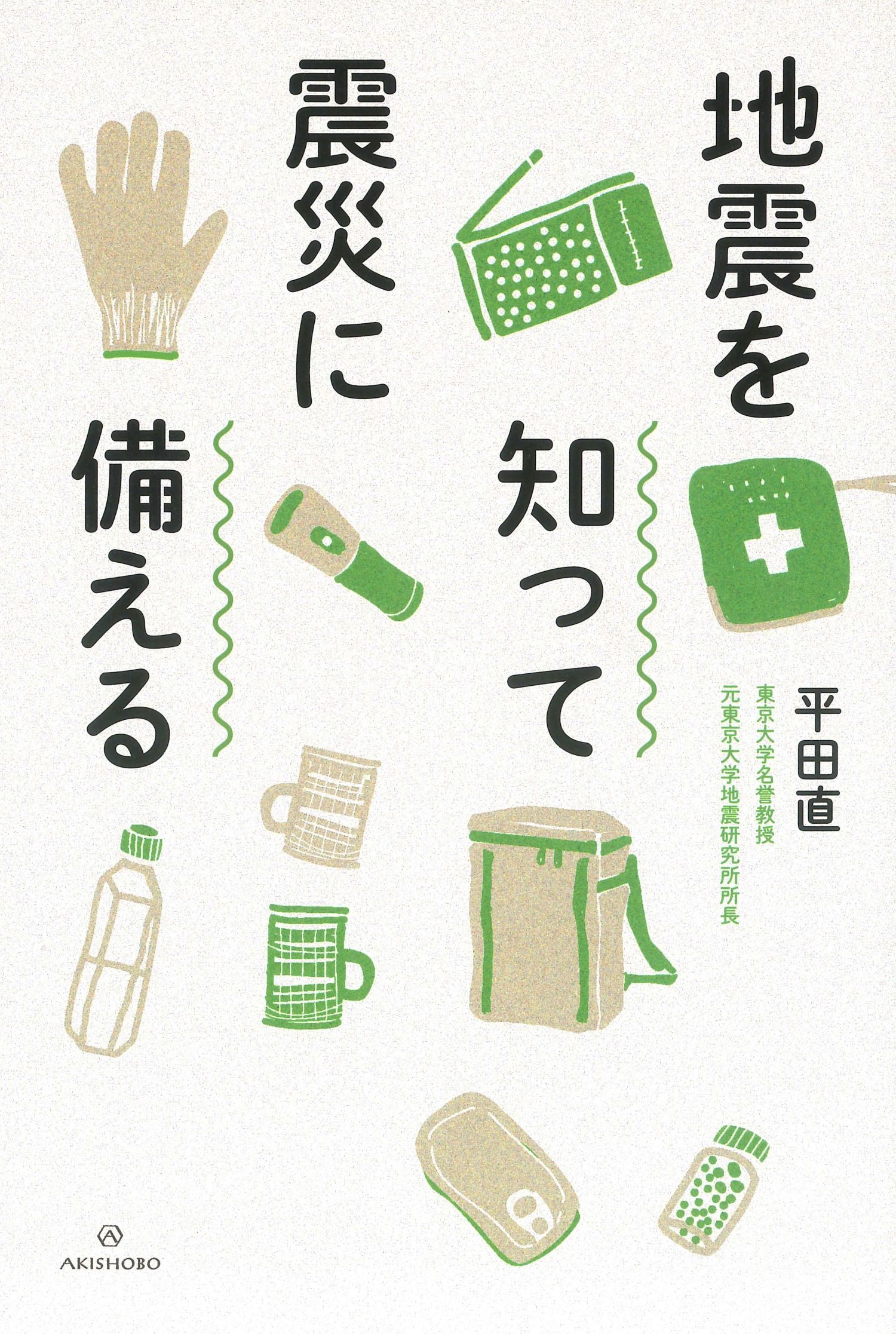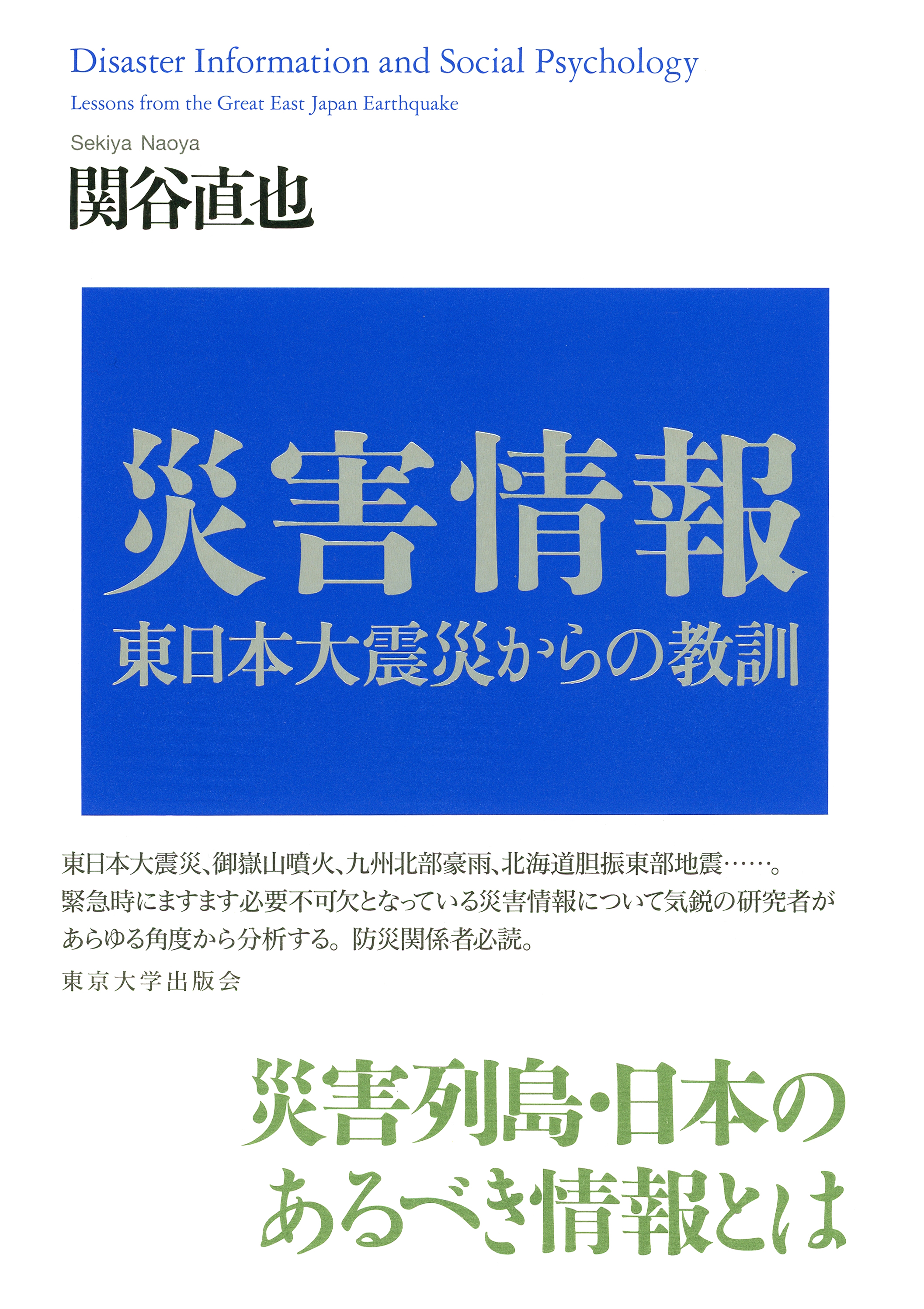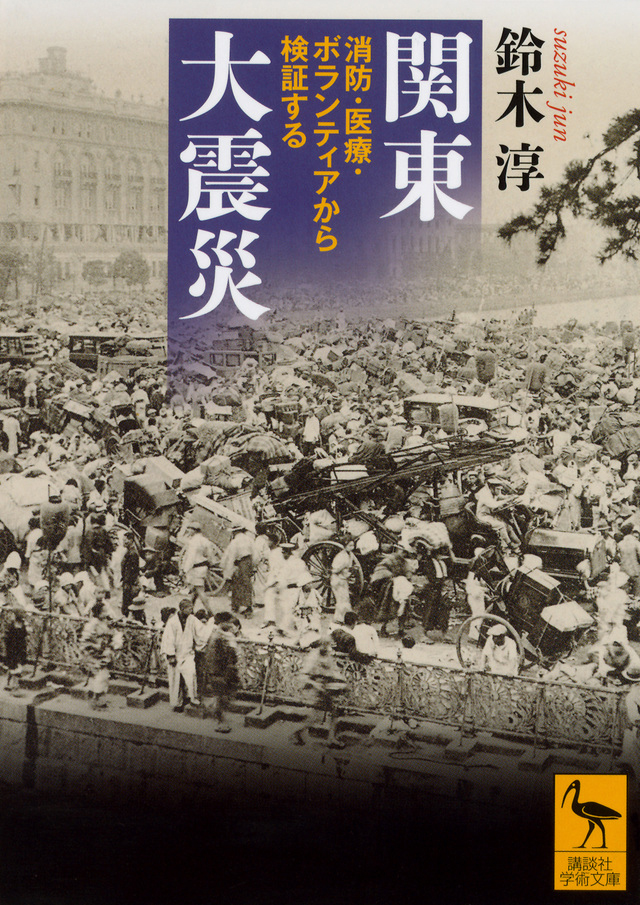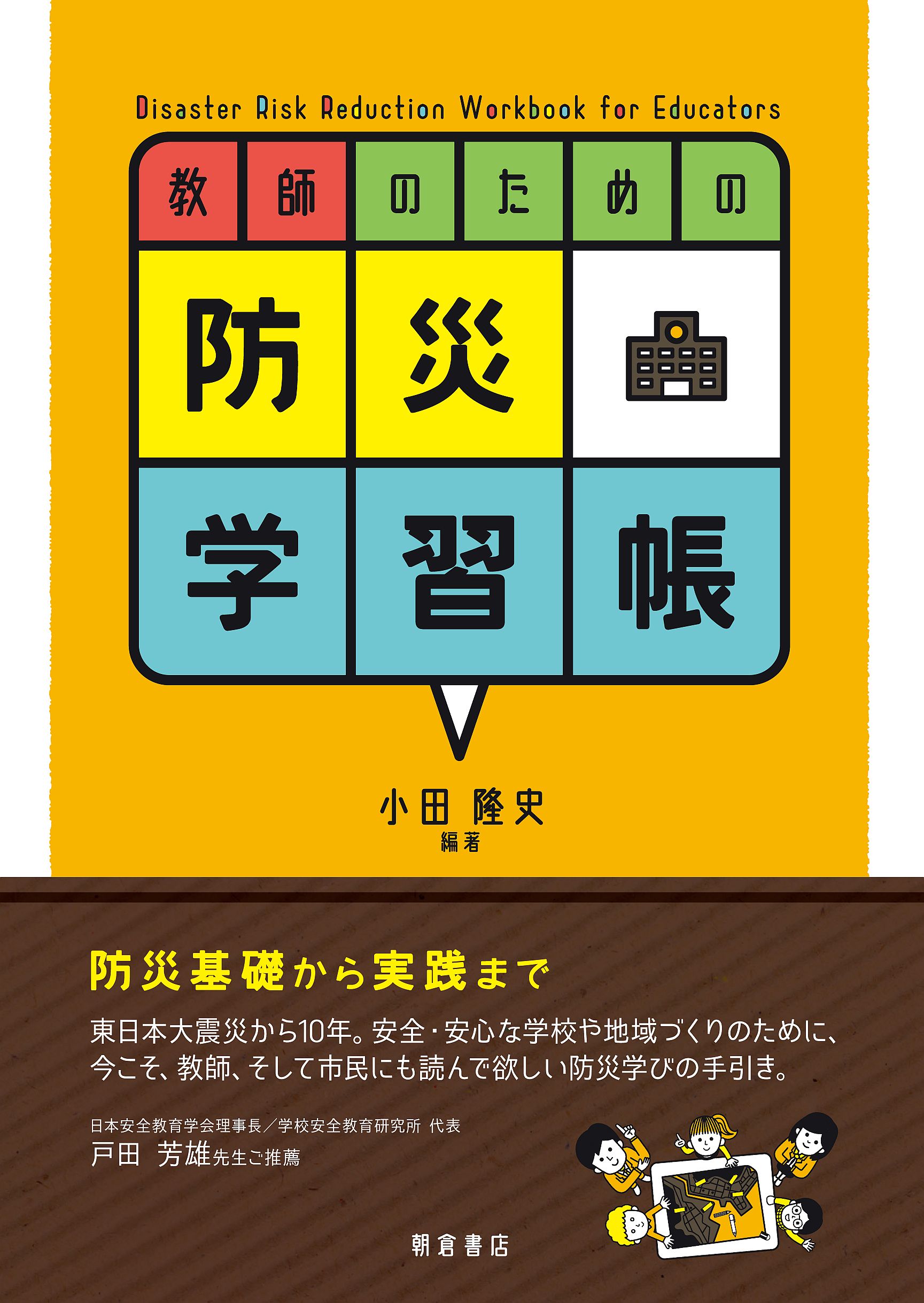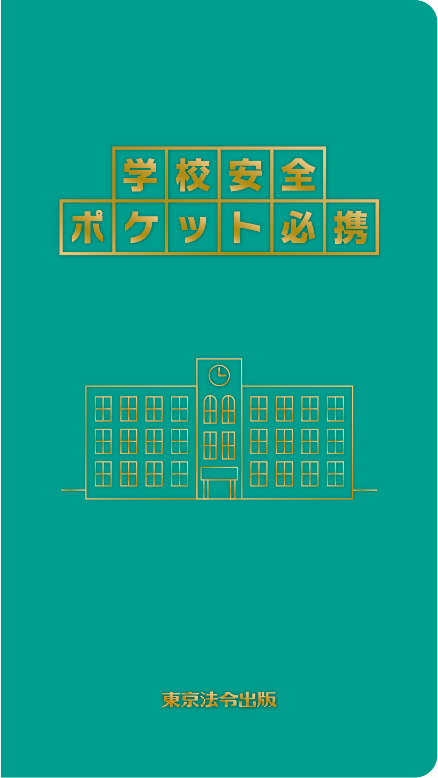
Title
Shuto Chokka Daijishin Kokunan Saigai ni Sonaeru (Preparing for a national critical disaster like the Tokyo Metropolitan Inland Earthquake - 100 years since the Taisho Kanto Earthquake: Changing awareness of disaster management, from cost to value, and to phase-free)
Size
152 pages
Language
Japanese
Released
August 29, 2023
ISBN
9784845118472
Published by
Junposha Co., Ltd.
Book Info
See Book Availability at Library
Japanese Page
The year 2023 marks the centennial of the Taisho Kanto Earthquake, which caused the Great Kanto Earthquake Disaster, leading to the deaths and missings of approximately 105,000 people. The impact the Great Kanto Earthquake Disaster is often discussed in terms of widespread fires, many collapsed structures, and the victims due to false rumors. However, the scale of the tsunami and landslides was also significantly larger than that seen in prior earthquakes. In addition, the urban areas with high population density has expanded considerably over the past century, and the appearance and spread of facilities and structures with long natural period has introduced new challenges. Addressing recovery and reconstruction from the disaster has been a major focus, notably through Shinpei Goto’s Imperial Capital Reconstruction Plan and the Reconstruction Agency. Yet, is it enough to simply discuss these efforts?
This book aims to examine the historical context of the Great Kanto Earthquake Disaster and Japan’s evolution since then. It will explore the profound impacts of the Great Kanto Earthquake Disaster on Japan, including the roots of current issues of Japan such as the concentration of population and resources in Tokyo. The book also considers countermeasures for Tokyo Metropolitan Inland Earthquake and/or Gigantic earthquake along the Nankai Trough, both of which are anticipated threats.
The Taisho Era was a period of political transition, moving from the clanism of the Meiji Era to party politics. In terms of economic and social activities, there was an economic boom caused by World War I, a post-war recession, and active democratic movements such as the Constitutional Protection Movement, the Labor Movement, the Women's Suffrage Movement, and the Buraku Liberation Movement. During the three-year Spanish flu pandemic that began in 1918, 24 million people, more than 40% of the total population of the country at the time, were infected and 390,000 people died. In the lives of citizens, Western-style food, clothing, and shelter spread, and a new urban culture was formed. This was the so-called "Taisho Democracy" era, but the Great Kanto Earthquake changed this free atmosphere in an instant, and just 18 years later, Japan was plunged into the Pacific War, and 22 years later, in 1945, it became a turning point for Japan's defeat in World War II, which killed more than 3.1 million people, including civilians.
The 1923 Taisho Kanto Earthquake occurred at about the first one-third of the time from the 1867 Meiji Restoration to 2023 (156 years), and the defeat of World War II 22 years later was exactly the middle year of 156 years. Needless to say, Japan was greatly affected by the defeat, but the root cause of this was the Great Kanto Earthquake. Humans can never prepare for or respond to things that they cannot imagine. In order to reduce the current fears of the Tokyo Metropolitan Inland Earthquake and/or a gigantic earthquake along the Nankai Trough, I believe it is necessary to understand the overall picture of the Great Kanto Earthquake Disaster and consider back casting solutions to the problems based on appropriate predictions of future changes in social conditions both domestically and internationally. We should be aware that this is essential to reduce future damage and to ensure that society as a whole does not move in the wrong direction as a result of disasters. In doing so, we must not forget the current low birth rate and aging population decline and severe financial constraints. It is highly likely that Japan's future mega-disaster countermeasures will be an "all-out war while becoming poor," and in such a situation, a change in awareness will also be necessary. In this book, with the keywords "from cost to value" and "phase-free," I also express my personal views on how to promote sustainable disaster countermeasures in Japan in the future.
(Written by MEGURO Kimiro, Professor and Dean, Interfaculty Initiative in Information Studies / 2024)
Related Info
An Interview with Prof. MEGURO, Kimiro (Part 1) (The University of Tokyo, Interfaculty Initiative in Information Studies, Graduate School of Interdisciplinary Information Studies July 7th, 2023)
https://www.iii.u-tokyo.ac.jp/research/230707interview1
An Interview with Prof. MEGURO, Kimiro (Part 2) (The University of Tokyo, Interfaculty Initiative in Information Studies, Graduate School of Interdisciplinary Information Studies July 18th, 2023)
https://www.iii.u-tokyo.ac.jp/research/230718interview2



 Find a book
Find a book


